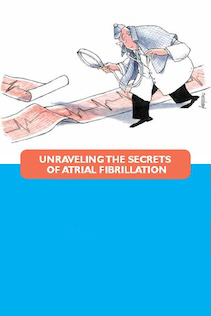Arrhythmias
- +When do arrhythmias occur in the heart?
-
Arrhythmias occur when there is a disruption in the heart's electrical signals, leading to a degree of disorganization in heart contrInitiatives. There are many different types of arrhythmias: Some may involve isolated, premature heartbeats, while others can cause the heart rate to become abnormally fast or noticeably slow.
- +Are arrhythmias dangerous?
-
Many arrhythmias are completely harmless and can be triggered by factors such as caffeine, certain foods, or even specific medications like nasal decongestants. However, some arrhythmias require attention as they may pose significant risks, such as atrial fibrillation. Certain arrhythmias can indicate underlying heart problems, revealing a condition that increases the risk of more serious complications.
- +What is atrial fibrillation?
-
Atrial fibrillation is an arrhythmia where the problem lies in the atria, the heart's upper chambers. In this condition, chaotic electrical activity predominates, resulting in disorganized and ineffective contrInitiatives of the atria. Consequently, the atria beat very rapidly and out of sync with the ventricles, the lower chambers of the heart.
- +How common is atrial fibrillation?
-
Atrial fibrillation is the most common type of cardiac arrhythmia. It is estimated that one in four adults over the age of 40 will develop atrial fibrillation at some point in their lives.
- +What symptoms do individuals with atrial fibrillation experience?
-
Some patients with atrial fibrillation report significant symptoms, while others, especially older adults, may not even be aware of their condition. Symptoms can include a fluttering sensation in the chest, a feeling that the heart is racing or irregularly beating, dizziness, fatigue, sweating, and sometimes chest discomfort.
- +Why is atrial fibrillation a dangerous arrhythmia?
-
Atrial fibrillation is considered a "silent" arrhythmia because its symptoms can vary and it may appear sporadically rather than consistently. As a result, more than half of individuals with atrial fibrillation remain undiagnosed. This condition poses significant risks, primarily stroke and heart failure. It is crucial to diagnose atrial fibrillation promptly and monitor it with the help of a specialist, alongside initiating appropriate treatment to reduce these risks.

Read the Related Booklet
